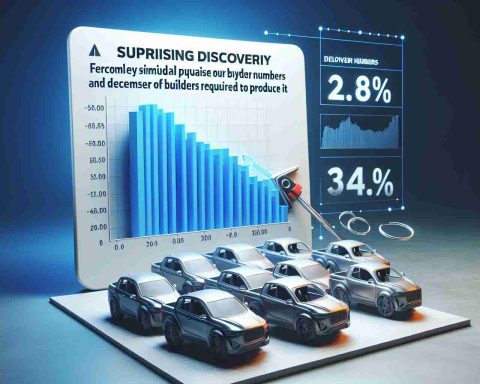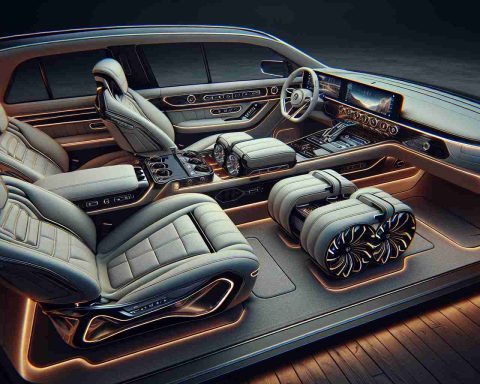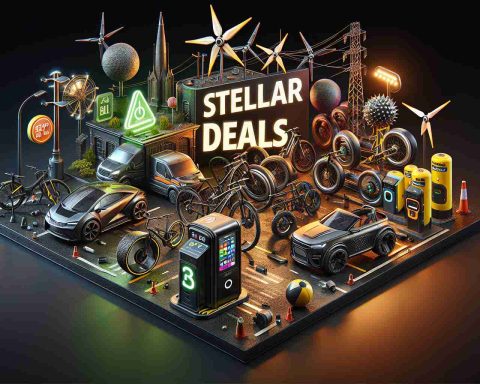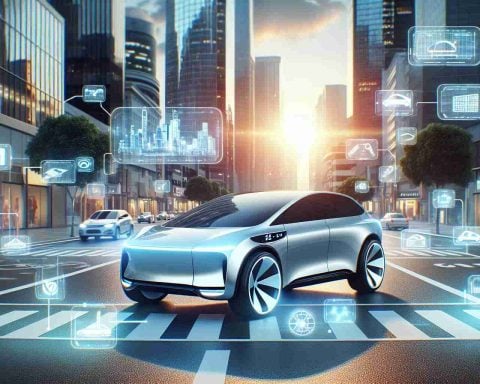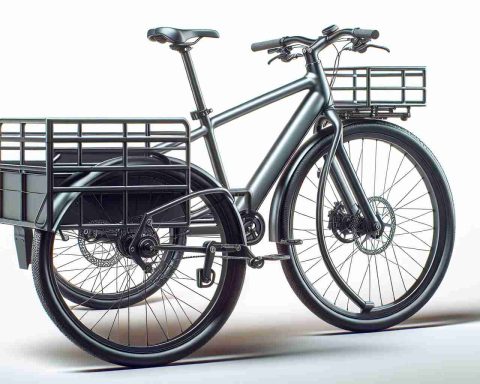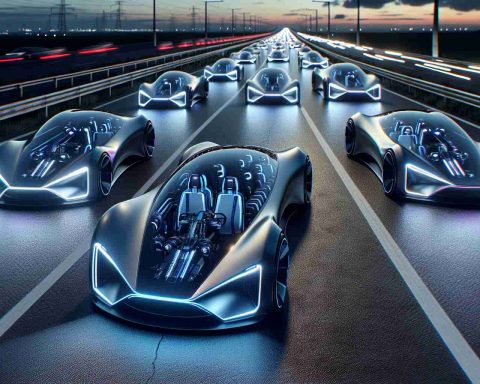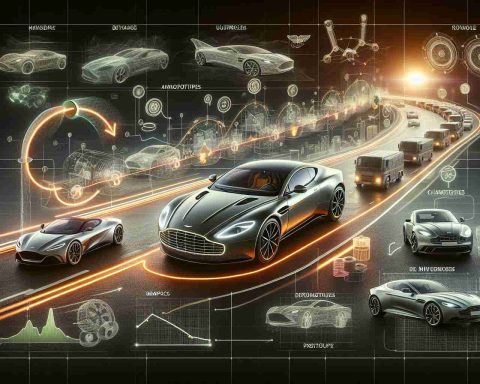- Electric scooters are rapidly gaining popularity in the Asia Pacific region, offering a sleek, silent, and sustainable transportation solution.
- The market is expected to grow from $27.91 billion in 2023 to $61.32 billion by 2032, driven by rising fuel prices and increasing demand for economical transit options.
- Government incentives, such as subsidies and investments in charging infrastructure, are supporting growth.
- Advancements in battery technology are addressing previous consumer concerns about range and charging time.
- Challenges include the high initial cost of electric scooters and uneven charging infrastructure availability.
- Leading companies like Ola Electric and Yadea Technology are working to overcome these hurdles and expand market presence.
- Electric scooters embody eco-friendly consciousness and could revolutionize urban transportation in the region.
A new wave of transportation has hit the bustling streets of the Asia Pacific region, as electric scooters swiftly become the ride of choice. Sleek, silent, and sustainable, these two-wheelers glide through traffic-choked streets, carrying commuters from the crowded avenues of Beijing to the tech-driven lanes of Bengaluru. Domestically driven and fueled by innovation, the electric scooter market is on an exhilarating road to expansion.
The burgeoning demand for clean and cost-effective transit solutions has catalyzed the sector’s growth, projected to soar from $27.91 billion in 2023 to a staggering $61.32 billion by 2032. What’s fueling this momentum? Rising fuel prices set the backdrop, pushing consumers towards more economical options. Meanwhile, governments across the region roll out incentives, paving the way with subsidies and infrastructure investments in charging stations.
Behind this acceleration lies innovation. Battery technology advances promise longer journeys and swifter charges, addressing one of the key hesitation points for potential buyers. Urbanites increasingly embrace scooters for more than just the economics—they’re a testament to green consciousness, a statement against the backdrop of rising environmental concerns.
Yet, as with any revolution, hurdles remain. The high initial cost compared to traditional petrol scooters and uneven charging infrastructure present challenges. Still, the industry’s biggest players, from Ola Electric to Yadea Technology, are revving up efforts to extend reach, broaden offerings, and mitigate these obstacles.
The takeaway: As urban landscapes evolve, electric scooters are not just a transport trend but a transformative movement. Enhanced by rapid technological strides and eco-friendly incentives, they are quietly but unmistakably reconditioning the region’s transportation rubric. Keep an eye on these silent steeds—they may soon redefine the urban transit norm across bustling metropolises.
The Future of Urban Mobility: Why Electric Scooters Are Taking Over Asia Pacific Streets
How-To Steps & Life Hacks for Electric Scooter Ownership
1. Choosing the Right Model: Consider your daily commute distance, terrain, and budget. Opt for models with higher battery capacity if longer rides are common for you.
2. Safe Riding Practices: Always wear a helmet and use designated scooter lanes when available. Familiarize yourself with local traffic laws concerning scooter use.
3. Maintenance Tips: Regularly check tire pressures and brakes. Ensure the battery is properly charged and not exposed to extreme temperatures, which can degrade its efficiency.
Real-World Use Cases
– Commuter Convenience: Ideal for short to medium urban commutes, reducing dependency on personal cars or overcrowded public transport.
– Delivery Services: Used by gig economy workers for quick, efficient deliveries without the constraints of car traffic or parking.
– Tourism: Scooter rentals in tourist-heavy regions offer an eco-friendly alternative for exploring urban areas.
Market Forecasts & Industry Trends
The Asia Pacific electric scooter market is expected to grow from $27.91 billion in 2023 to $61.32 billion by 2032. The growth is driven by:
– Rising Fuel Costs: As traditional fuels become more expensive, many are shifting to electric alternatives.
– Government Incentives: Many governments offer subsidies and invest in infrastructure to promote electric vehicle adoption.
Reviews & Comparisons
– Ola Electric vs. Yadea Technology: Ola Electric is noted for its innovation and technology integration. Yadea, a leader in the market, focuses on battery longevity and design aesthetics. Consumer preferences often depend on brand availability and after-sale support.
Controversies & Limitations
– Infrastructure Gaps: Lack of widespread charging infrastructure can be a deterrent, prompting a need for more investments in this area.
– High Initial Costs: Although operating costs are lower, the initial investment for an electric scooter can be higher than traditional options.
Features, Specs & Pricing
– Battery Life: Look for scooters with lithium-ion batteries as they offer better performance and longevity.
– Top Speed and Range: Depending on the model, scooters can vary in speed and range; these are critical specs to consider for practicality.
– Price Range: Models begin at around $300, with high-end models exceeding $2,000, depending on additional features like smart connectivity and advanced safety systems.
Security & Sustainability
– Sustainability Impact: Electric scooters produce zero emissions, significantly reducing urban smog and noise pollution.
– Security Features: Many models now include GPS tracking and app-based locking mechanisms to prevent theft.
Insights & Predictions
Experts predict that improved battery technology and smarter infrastructure integration will make scooters an integral part of urban transportation networks. Expansion could see integration with public transport systems for seamless hybrid transit solutions.
Tutorials & Compatibility
– Battery Care: Learn how to extend battery life through proper charging cycles and storage practices.
– App Connectivity: Most modern scooters have companion apps; familiarize yourself with these for enhanced monitoring and security features.
Pros & Cons Overview
Pros:
– Eco-friendly with no emissions.
– Cost-effective over the long term.
– Convenient for dense urban areas.
Cons:
– Charging infrastructure is still developing.
– Higher upfront cost than gasoline scooters.
Actionable Recommendations
1. Opt for scooters with removable batteries for easy charging.
2. Stay updated on government incentives—buying during promotions can significantly reduce costs.
3. Join local scooter enthusiast groups for tips on best practices and maintenance advice.
For more on electric scooter technology and developments, visit Ola Electric or Yadea Technology.



